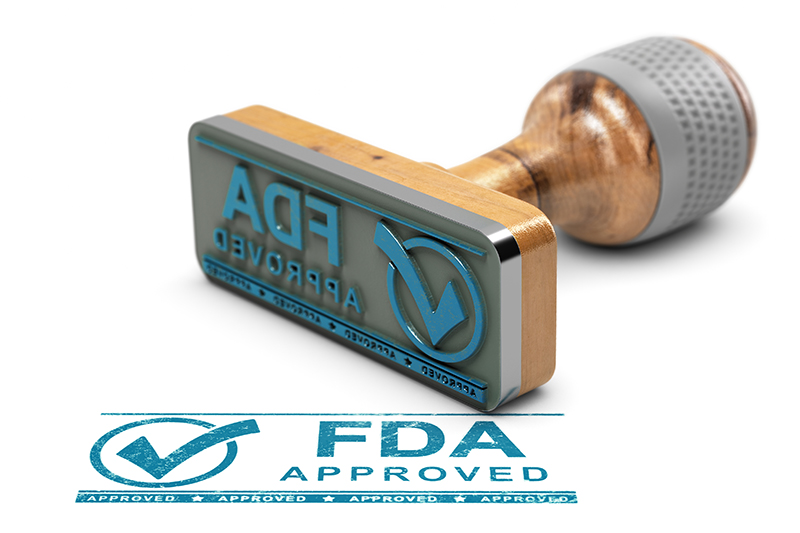
Here at the Truth in Labeling Campaign we’ve posted quite a bit about fake meat products that contain brain-damaging amino acids. These plant-based, so-called alternative proteins aren’t made from plants but in plants.
Not long ago, products such as Beyond Meat, the Impossible Burger and others appeared to be unstoppable. They managed to infiltrate supermarkets, restaurants such as Burger King and Dunkin’ Donuts and even more elegant sit-down establishments.
Now, however, something is happening to the fake food industry – a great many consumers just aren’t buying these “substitute” foods (as the FDA calls them) anymore. U.S. sales of the Beyond brand (makers of Beyond Meat and the Beyond Burger) recently took a deep dive. Other manufacturers in the pretend food business are seeing their profits sink as well. One CEO of a Canadian company said the “category performance” of plant-based products “has basically flatlined.”
Could it be that people are becoming aware that fake fish, mock meat and counterfeit chicken are nothing more than highly processed promotors of obesity, infertility and migraines? Have consumers figured out that they contain large amounts of manufactured free glutamate (MfG) — the same toxic ingredient found in monosodium glutamate? In other words, are folks catching on to this con?
We believe so.
While it’s no shock that a cattleman wouldn’t support bogus burgers, the comments one made about these ersatz meat products is a bit surprising (perhaps he reads the TLC blog!).
Robert McKnight, Jr., president of the Texas and Southwestern Cattle Raisers Association, said in a trade publication article that medical professionals are concerned about plant-based “meats” as they contain “dozens of highly processed, laboratory-invented ingredients.”
You’ll find an assortment of those “laboratory-invented ingredients” in most all of these products. For example, take a look at four of the top ingredients in Beyond Beef, all that contain MfG:
- Pea protein
- Rice protein
- Natural flavors
- Dried yeast
The Impossible Burger does even better, with 6 MfG-containing ingredients:
- Soy-protein concentrate
- Natural flavors
- Potato protein
- Yeast extract
- Food starch, modified, and
- Soy-protein isolate
Now, there’s even “fish-free” tuna on the market. Good Catch brand is a catch of 7 brain damaging MfG ingredients:
- Pea protein isolate
- Soy protein concentrate
- Faba protein
- Lentil protein
- Soy protein isolate
- Citric acid, and
- Yeast extract
Despite all the clever marketing and hoopla over these foods, a recent survey found that nearly half of the consumers questioned want “more information” about plant-based foods before trying them, and over 43 percent want “complete transparency of ingredients.”
But based on the ingredients already on the labels, we’ve seen enough to say that they are nothing more than well-packaged chemical concoctions.











